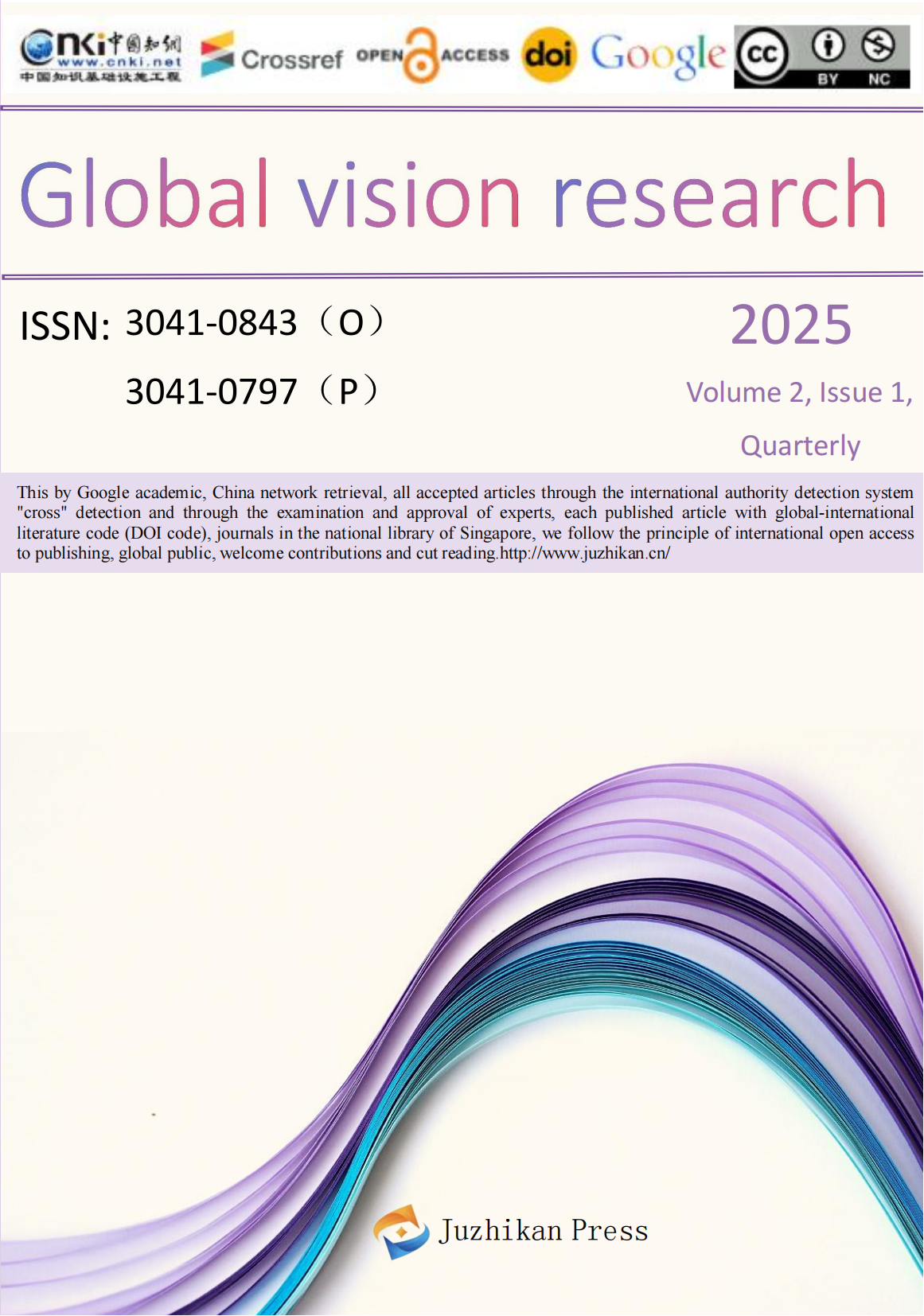 65 84368249
65 84368249 info@juzhikan.asia
info@juzhikan.asia 65 84368249
65 84368249 info@juzhikan.asia
info@juzhikan.asia
Foreign Direct Investment and Energy Poverty in Sub-Saharan Africa: Evidence from 43 Countries
Yangzi Zhou
University of Shanghai for Science and Technology, Shanghai, 200090;
Abstract:Stable, affordable energy is vital for social welfare and economic growth in developing countries. As of 2021, Sub-Saharan Africa (SSA) had only 35.56% electricity access and 19.01% clean cooking fuels usage, reflecting severe energy poverty. This study analyzes FDI's impact on SSA energy poverty using SYS-GMM on 1990-2021 data from 43 countries. Results show FDI generally alleviates energy poverty but worsens rural electrification while improving urban access. Natural resource rents amplify FDI's positive effects, with higher rents strengthening poverty reduction. The findings suggest FDI can offset resource rents' negative impacts. The study provides policy recommendations for SSA governments to enhance affordable energy access, advancing literature on the FDI-energy poverty-resource nexus.
Keywords:FDI;Energy Poverty; Natural Resources
Reference
[1]Simplice A. Asongu, Nicholas M. Odhiambo,Foreign direct investment, information technology and economic growth dynamics in Sub-Saharan Africa,Telecommunications Policy,Volume 44, Issue 1,2020,101838,ISSN 0308-5961,https://doi.org/10.1016/j.telpol.2019.101838.
[2]Roberto Antonietti, Jasmine Mondolo,Inward FDI and the quality of domestic institutions: A cross-country panel VAR analysis,Economic Systems,Volume 47, Issue 3,2023,101078,ISSN 0939-3625,
https://doi.org/10.1016/j.ecosys.2023.101078.
[3]Mohamued Elyas Abdulahi, Yang Shu, Muhammad Asif Khan,Resource rents, economic growth, and the role of institutional quality: A panel threshold analysis,Resources Policy,Volume 61,2019,Pages 293-303,ISSN 0301-4207,
https://doi.org/10.1016/j.resourpol.2019.02.011.
[4]AfDB, The African Statistical Yearbook 2019, African Development Bank, 2019
[5]Justin Paul, María M. Feliciano-Cestero,Five decades of research on foreign direct investment by MNEs: An overview and research agenda,Journal of Business Research,Volume 124,2021,Pages 800-812,ISSN 0148-2963,
https://doi.org/10.1016/j.jbusres.2020.04.017.
[6]Vikesh Sharma, Madhusmita Dash,Household energy use pattern in rural India: A path towards sustainable development,Environmental Challenges,
Volume 6,2022,100404,ISSN 2667-0100,https://doi.org/10.1016/j.envc.2021.100404.
[7]Magashi Joseph Ntegwa, Lulu Silas Olan’g,Explaining the rise of economic and rural-urban inequality in clean cooking fuel use in Tanzania,Heliyon,Volume 10, Issue 1,2024,e23910,ISSN 2405-8440,
https://doi.org/10.1016/j.heliyon.2023.e23910.
[8]Yuegang Song, Sudharshan Reddy Paramati, Mallesh Ummalla, Abdulrasheed Zakari, Harshavardhan Reddy Kummitha,The effect of remittances and FDI inflows on income distribution in developing economies,Economic Analysis and Policy,Volume 72,2021,Pages 255-267,ISSN 0313-5926,https://doi.org/10.1016/j.eap.2021.08.011.
[9]Aung, Ther W. et al. “Energy access and the ultra-poor: Do unconditional social cash transfers close the energy access gap in Malawi?” Energy for Sustainable Development 60 (2021): 102-112.
[10]Maximiliane Sievert, Jevgenijs Steinbuks,Willingness to pay for electricity access in extreme poverty: Evidence from sub-Saharan Africa,World Development,Volume 128,2020,104859,ISSN 0305-750X,
https://doi.org/10.1016/j.worlddev.2019.104859.
[11]Qiang Wang, Jiaqi Guo, Rongrong Li, Alexey Mikhaylov, Nikita Moiseev,Does technical assistance alleviate energy poverty in sub-Saharan African countries? A new perspective on spatial spillover effects of technical assistance,
Energy Strategy Reviews,Volume 45,2023,101047,ISSN 2211-467X,https://doi.org/10.1016/j.esr.2022.101047.
[12]Stéphane Mbiankeu Nguea, Ulrich Vianney Elisée Kaguendo, Issidor Noumba,Are growth effects of foreign capital significant for increasing access to electricity in Africa?,Energy Policy,Volume 168,2022,113129,ISSN 0301-4215,https://doi.org/10.1016/j.enpol.2022.113129.
[13]Kingsley, A. F., Noordewier, T. G., & Vanden Bergh, R. G. (2017). Overstating and understating interaction results in international business research. Journal of World Business, 52(2), 286–295. https://doi.org/10.1016/j.jwb.2016.12.010
[14]Lewbel, A. (2012). Using Heteroscedasticity to Identify and Estimate Mismeasured and Endogenous Regressor Models. Journal of Business & Economic Statistics, 30(1), 67–80. https://doi.org/10.1080/07350015.2012.643126.